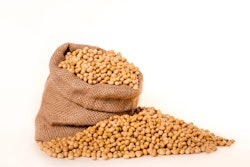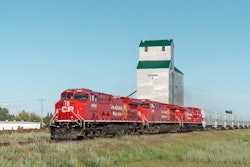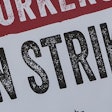Farmers always face uncertainty. Extreme weather, pest outbreaks and early frosts can dampen harvests or ruin them entirely. Industrial hemp growers deal with another uncertainty — whether their Cannabis sativa crop will meet legal THC standards. The molecules CBD and THC appear in different amounts in crops referred to as hemp and marijuana.
Industrial hemp growers monitor Cannabis sativa plants throughout the season and send samples off for chemical analysis, but THC levels peak at the plant’s maturity and can catch growers off guard. If the crop exceeds federal THC levels, the growers must destroy the crop. This makes growing industrial hemp much riskier than other crops. A University of Minnesota-led research team is hoping to change this.
“We validated a simple genetic test that can predict whether a plant will produce mostly the CBD or THC molecule, using a variety of Cannabis sativa plants,” said George Weiblen, who is a professor in the College of Biological Sciences and the Science Director & Curator of Plants at the Bell Museum. The research team, led by the Weiblen Lab, published their findings in the American Journal of Botany.
The group studied three different varieties of Cannabis plants from industrial hemp growers, wild or feral cannabis known as ditch weed, and marijuana samples from the National Institute on Drug Abuse. Researchers compared genetic markers with the ratio of THC versus CBD, and then verified that genetics were a good predictor of the ratio.
Depending on the THC level, Cannabis plants earn the title of “hemp” or “marijuana.” However, the researchers argue that a definition based on THC alone doesn’t match the biology. Instead, they propose using the ratio of THC to CBD to separate THC-type plants from CBD-type plants.
Researchers were surprised when analyzing stands of ditch weed — populations descended from fiber hemp cultivated in Minnesota during WWII — contained both CBD-type and THC-type plants. The populations are mixed and the mixing of plant types extends beyond ditch weed. Weiblen notes that finding THC-type plants in a field of ditch weed is rare, a 1 in 100 chance. The THC levels are also much lower than what marijuana users are seeking.
Taking a closer look at industrial hemp, the researchers found impurities in planting seed imported from Canada. Some varieties proved to be 100% pure CBD-type but a few had too much THC to meet the legal definition of industrial hemp. As for CBD products that claim to be 100% industrial hemp, Weiblen is also skeptical.
Understanding the genetic basis for CBD-type and THC-type plants has implications for the U.S. Department of Agriculture and state industrial hemp programs. The opportunity to know that seeds are CBD-type prior to planting is significant and seeds could be certified to guarantee consistency and quality.
“我们希望这个新的测试可以帮助新的种子certification for the hemp industry,” said Weiblen. “For hemp to take off in Minnesota and elsewhere, there must be ways to assure growers they won’t have to destroy their crops at the end of the season.”





















